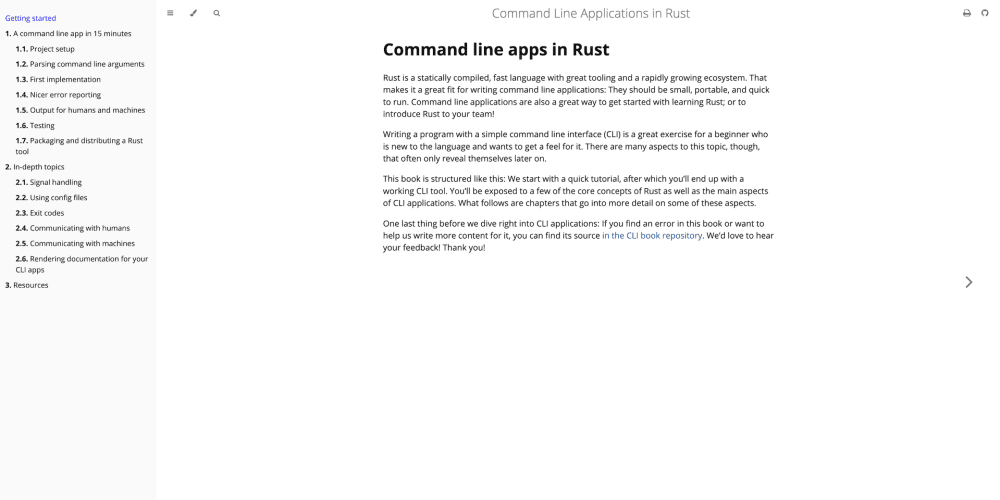This is a Plain English Papers summary of a research paper called CityX: Generate Customized Unbounded 3D Cities with High-Level Control. If you like these kinds of analysis, you should join AImodels.fyi or follow me on Twitter.
Overview
- Presents a novel framework called City𝒳 for controllable procedural content generation of 3D cities
- Enables the creation of large, unbounded 3D cities with a high degree of user control over the city's appearance and layout
- Builds on recent advancements in generative modeling and procedural content generation
Plain English Explanation
City𝒳 is a new system that allows users to easily create large, detailed 3D virtual cities from scratch. Rather than manually modeling every building, street, and park, City𝒳 uses advanced algorithms to automatically generate the city content based on the user's high-level instructions.
The key innovation of City𝒳 is the high degree of control it provides over the final city. Users can specify the overall style, layout, and features they want, and the system will generate a unique city tailored to those preferences. This allows for the creation of diverse, customized cities that cater to the user's specific needs, whether for a video game, architectural visualization, or urban planning application.
Under the hood, City𝒳 uses a combination of machine learning and procedural techniques to generate the city content. It learns patterns from examples of real-world cities, allowing it to create plausible and realistic urban environments. At the same time, the user can interactively guide the generation process, tweaking parameters to achieve their desired outcome.
Technical Explanation
City𝒳 is a novel framework for controllable procedural content generation of 3D cities. It builds upon recent advancements in generative modeling and procedural content generation to enable the creation of large, unbounded 3D cities with a high degree of user control.
The system utilizes a hierarchical, compositional generative model that learns the structure and patterns of cities from example data. This allows it to generate plausible city layouts, building placements, and other urban features. Crucially, the model is designed to be highly configurable, enabling users to specify high-level parameters like the city's overall style, density, and amenities.
The generation process is further enhanced through the use of procedural techniques. These algorithms generate detailed 3D geometry, textures, and other visual elements on the fly, ensuring that the final city is not only realistic but also highly varied and unique.
Throughout the generation process, City𝒳 provides users with extensive control mechanisms. They can interactively adjust parameters, add or remove specific features, and even directly manipulate the city's layout to achieve their desired outcome. This allows for the creation of diverse, customized cities that cater to a wide range of applications, from video games and architectural visualizations to urban planning and analysis.
Critical Analysis
The City𝒳 paper presents a compelling and well-designed framework for procedural city generation. The authors have clearly put a lot of thought into the system's architecture and the user experience, resulting in a powerful tool that offers a high degree of control and flexibility.
One potential limitation of the approach is the reliance on example data to train the underlying generative model. While this allows the system to create plausible and realistic cities, it may also limit the range of possible outcomes, as the model is ultimately constrained by the patterns present in the training data. Expanding the model to handle more diverse or unconventional city layouts could be an area for future research.
Additionally, the computational complexity of the system, especially as city size and complexity increase, may be a practical concern for some applications. The authors touch on this issue but do not provide a detailed analysis of the system's scalability and performance characteristics.
Overall, the City𝒳 paper represents a significant advancement in the field of procedural city generation and could have important implications for a wide range of applications, from urban planning and simulation to game development and architectural visualization.
Conclusion
The City𝒳 paper presents a novel framework for the controllable procedural generation of large, unbounded 3D cities. By combining generative modeling and procedural techniques, the system enables users to create highly customized urban environments with a high degree of control over the city's appearance and layout.
This research represents a significant advancement in the field of procedural content generation, with potential applications in urban planning, architectural visualization, video game development, and beyond. The ability to quickly generate diverse and realistic 3D cities could greatly streamline the design and development process in these domains, while also enabling new forms of interactive urban exploration and analysis.
As the authors note, there are still areas for further research and refinement, such as improving the system's scalability and exploring more diverse city layouts. However, the core ideas and techniques presented in the City𝒳 paper provide a solid foundation for continued progress in this exciting and rapidly evolving field.
If you enjoyed this summary, consider joining AImodels.fyi or following me on Twitter for more AI and machine learning content.



















